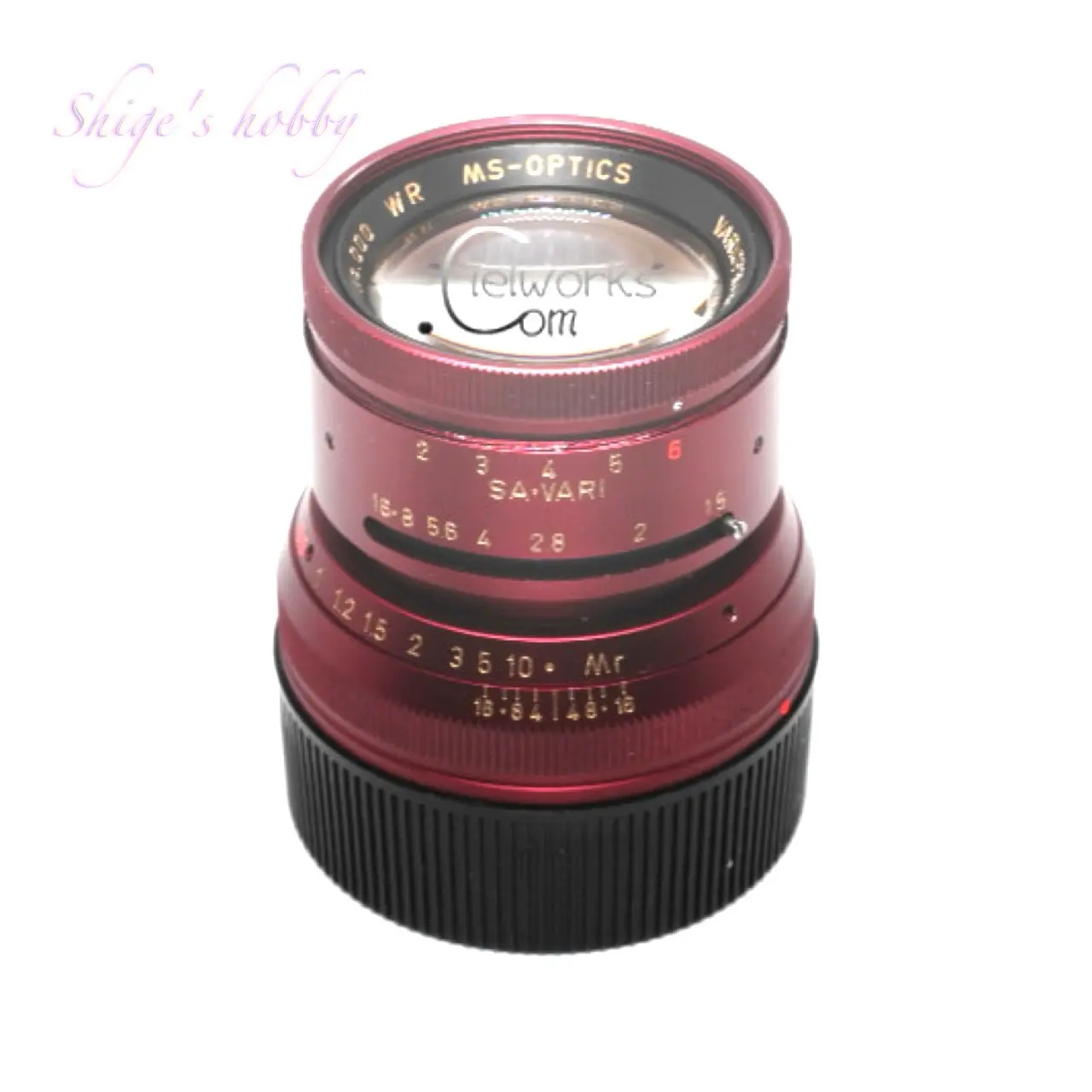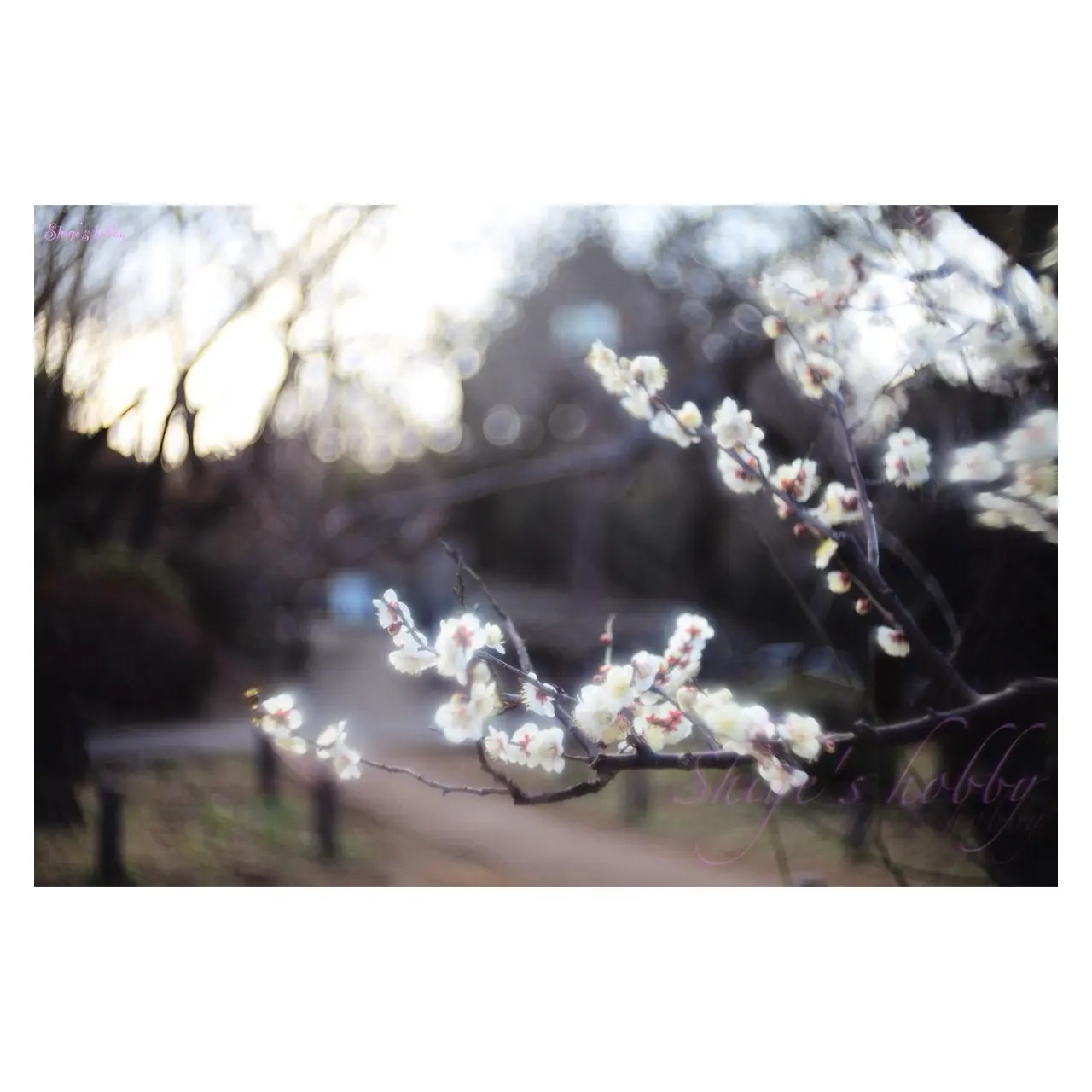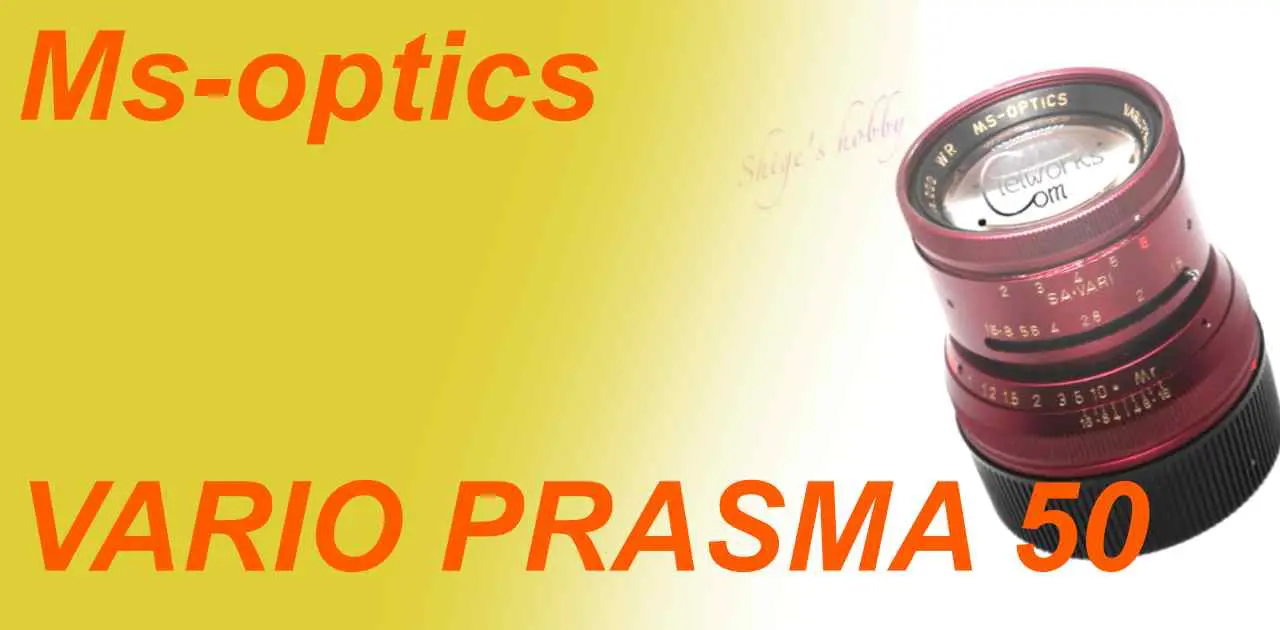A review and photo examples using the Ms-optics VARIO PRASMA 50mm F1.5 with a HASSELBLAD X1D-50C and a LEICA M-P typ240.
- Please see the disclaimer regarding advertising here.
- Italicized links in the text are advertisement links that take you to other sites.
Table of contents
Gallery
The following cameras were used to take the sample photos:
- HASSELBLAD X1D-50C
- Leica M-P typ240
Review


1.Overview
The Ms-optics VARIO PRASMA 50mm F1.5 is the fourth in the MS-Optics (Miyazaki Optical) history series, and is a lens with an aberration variable mechanism that pays homage to Kinoplasmat.
The detailed specifications of the lens are listed in the table, but the main specifications are as follows.
- Lens configuration: 4 groups, 5 elements
- Minimum shooting distance: 0.5m
- Rangefinder coupling with rangefinder cameras is 0.8m
- Aperture: F1.5-16
- Aperture blades: 12
- Filter and hood are 40.5mm diameter screw-in type
- The screws are cut in the opposite direction to normal, and the filter is installed by reversing the front and back
Ms-optics’ aberration variable mechanism adjusts the spherical aberration of the lens by moving a specific lens back and forth, changing the shooting results. Depending on the setting position of the aberration variable mechanism, a deviation will occur in the rangefinder coupling function of the rangefinder camera. If the aberration variable part is in the position marked as position 6, it can be coupled up to 0.8m. The minimum focusing distance is 0.5m.
This lens is available in a wide variety of colors, and in addition to the red metallic that I own, it is available in many lens barrel colors such as blue metallic, green metallic, brown metallic, gold, black paint, black, and silver.
2.Usability
The Ms-optics VARIO PRASMA 50mm F1.5 features an improved version of the variable aberration mechanism found on the Ms-optics VARIO PETZ 57mm F2, which also features a similar variable aberration mechanism. The Ms-optics VARIO PETZ 57mm F2 used a rear-group lens to change aberration, meaning the variable aberration mechanism controls were located inside the lens barrel. However, the Ms-optics VARIO PRASMA 50mm F1.5 uses a front-group lens to change aberration, allowing the variable aberration mechanism controls to be located at the front of the lens barrel.
This change, when used with a mirrorless camera, allows you to change aberration while checking the changes in the image on the LCD monitor or LCD viewfinder during shooting, improving operability and convenience. The standard position for variable aberration is position 6, and the closer you move to position 2, the softer the blur that appears on the subject.


In the actual photo, using the HASSELBLAD X1D-50C as an example, the amount of flare was adjusted while checking the viewfinder display in a photo of a cat.
With a typical rangefinder camera, position 6, which is linked to a double-image overlap rangefinder, is used. This setting produces a sharp image even at wide open aperture. Using other positions is difficult because the overlap position of the double image and the focus position do not match.
3.Summary
In conclusion, to sum up the Ms-optics VARIO PRASMA 50mm F1.5, the Ms-optics (Miyazaki Optical) variable mechanism can be difficult to use with a rangefinder camera, but with a mirrorless camera, you can check the effect and adjust the amount of application, making it a perfect feature for adding an accent to your work.
Specifications, considerations, etc.
As mentioned above, the Ms-optics VARIO PRASMA 50mm F1.5 pays homage to the Kino-Plasmat lens construction. Similar to the Kino-Plasmat lens construction diagram published in “Blurred Lens Kino-Plasmat 5cm (50mm) f1.5 (2),” the front two elements of the front group of three are cemented together, the back two elements of the rear group of three are cemented together, and the central two elements are single lenses arranged in a butterfly-like shape.
Looking at the sample images on the website linked to “*** Kino Plasmat Sample pictures *** Kino Plasmat All Focal Length Sample Links *** Updated on Dec. 16, 2009 ***,” the original Kino-Plasmat shows a big difference between central sharpness and peripheral distortion, while the Vario-Plasma is a fairly ordinary lens. The extent to which the character of the original lens can be reproduced, and whether it is even worth doing, is a difficult question.
| Items | VARIO PRAZMA | PETZ VARIO PETZ | SUMMARIT |
| Focal length(mm) | 50 | 58 | 50 |
| Max aperture | 1.5 | 2 | 1.5 |
| Min aperture | 16 | 16 | 16 |
| Aperture blade (Diaphragm) | 12 | 12 | 15 |
| Lens Construction | 4群6枚 | 4群4枚 | 5群7枚 |
| Min distance(m) | 0.5 | 0.7 | 1.0 |
| Lens length(mm) | 43 | 37 | 43 |
| Lens Max diameter(mm) | 50 | 50 | 47 |
| Filter Size(mm) | 40.5 | 40.5 | 41 |
| Weight(g) | 135 | 110 | ? |
| Release date | 2019 | 2018 | 1939-1957 |
| Production numbers | 400 | 100 | 74,643 |
| Price(Yen/No-tax) | ¥90,000- | ¥75,000- | – |
Reference links
Affiliate links

Amazon Prime Sale
Update history
- 2025.8.16
- 2025.3.11
- 2024.02.16:Update article
- 2022.02.07:First draft



Be First to Comment